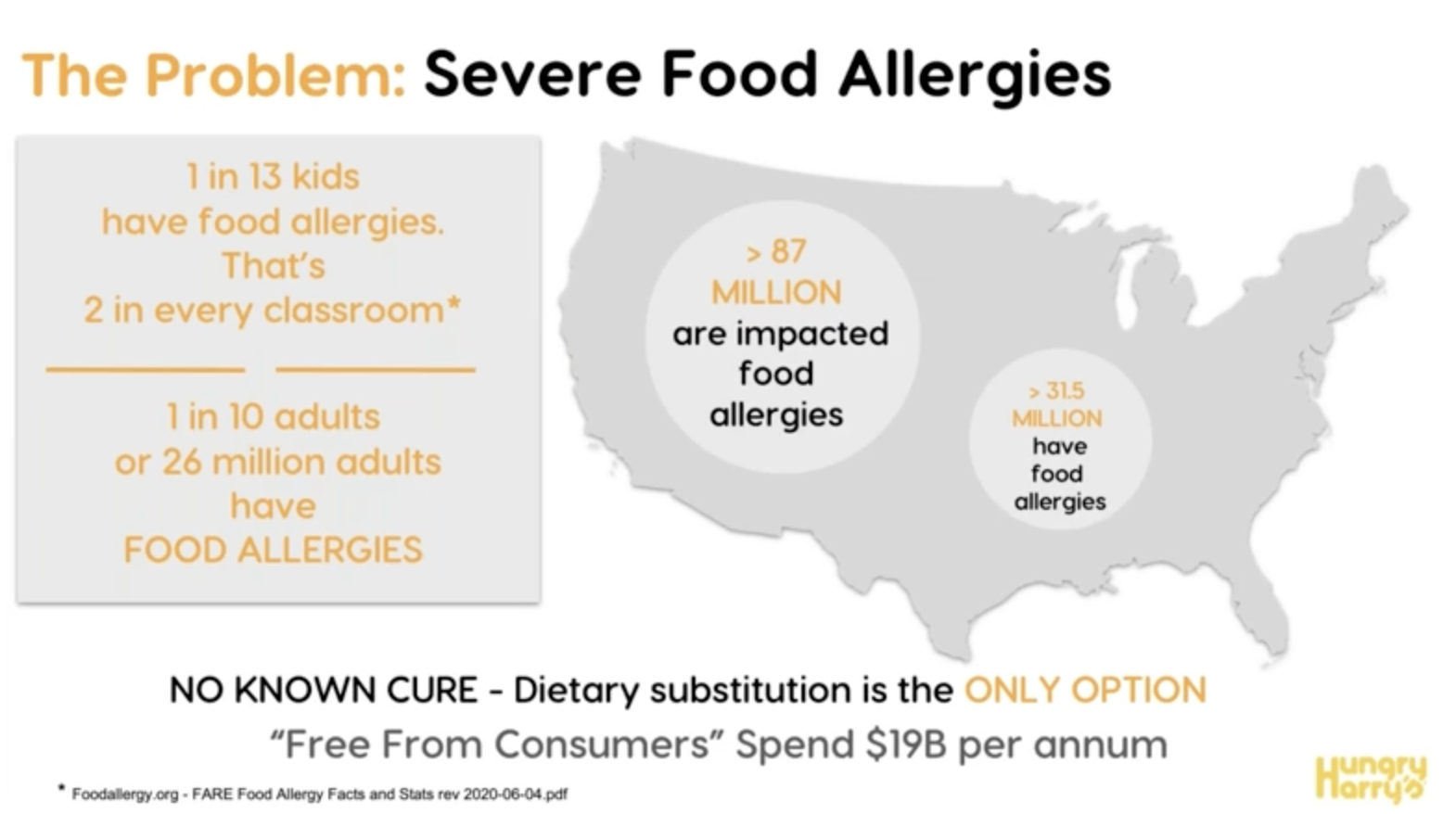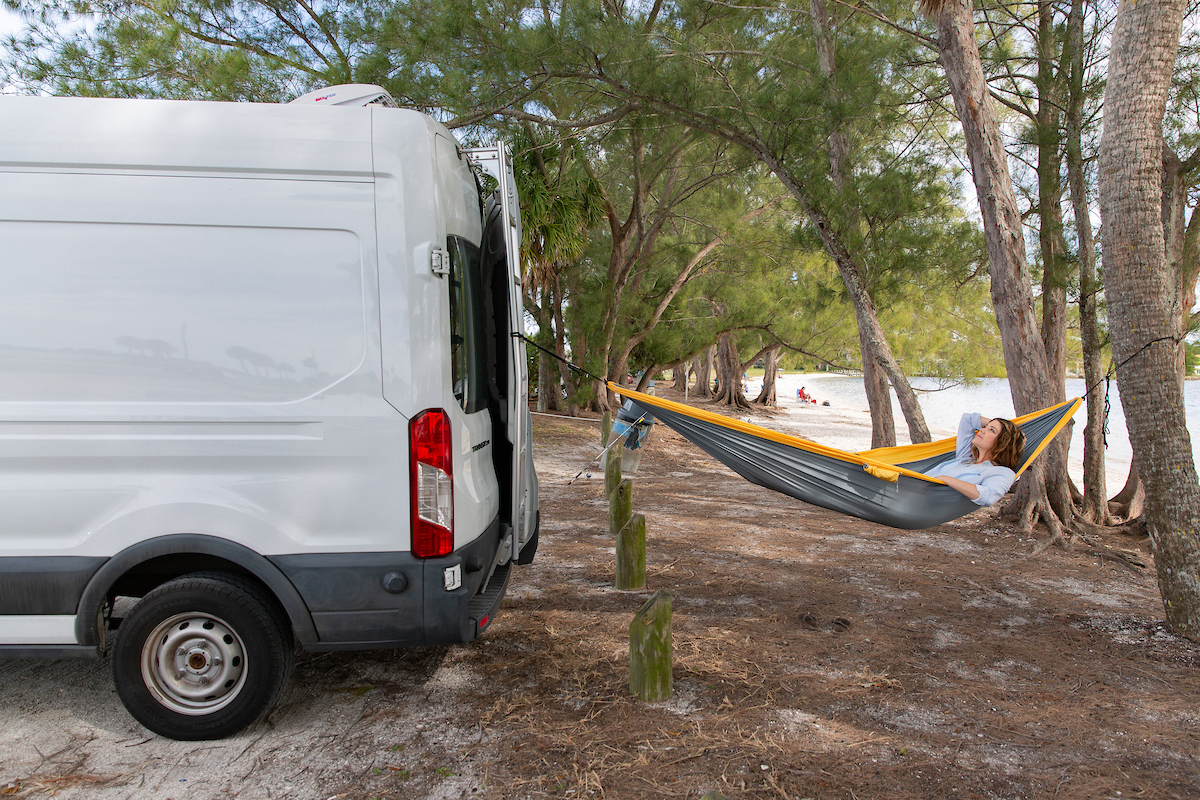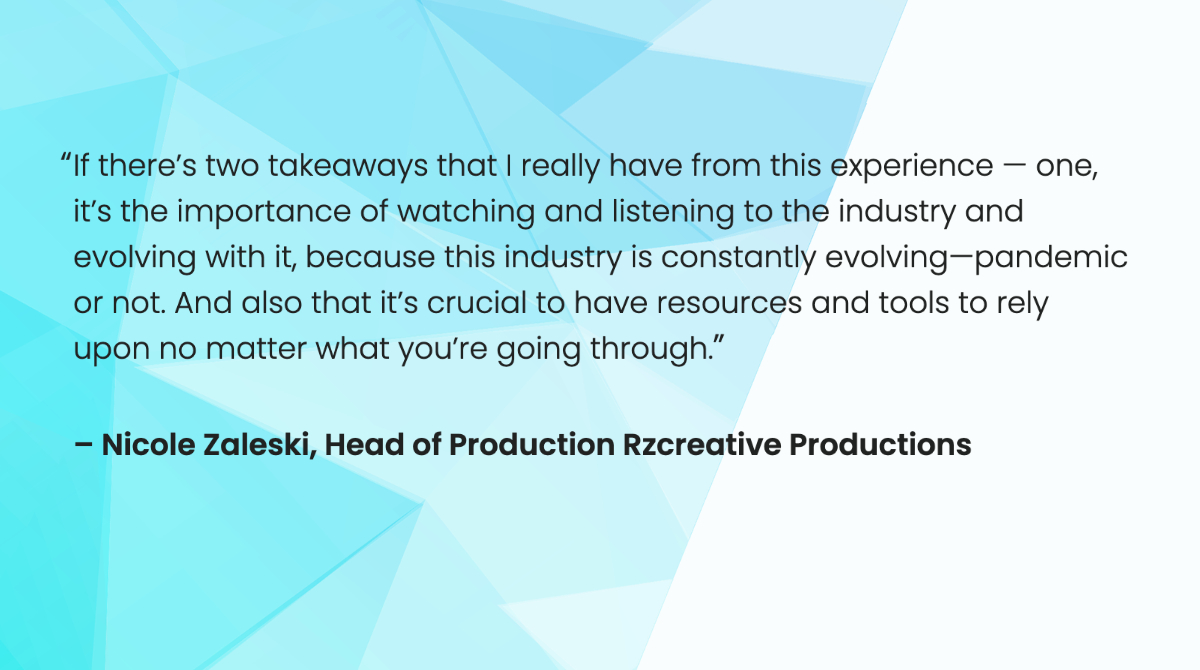Starting a business is hard enough and the data can be discouraging for dreamers with big ideas. Stats on Entrepreneur.com warn, “Only 20 percent fail within the first year, but 50 percent fail within the first five years.” For businesses poised to succeed prior to the pandemic, it didn’t matter how long you had been around or how loyal your consumer was, the worry, panic, tragedy, and safety nightmares that COVID-19 created overnight became a real crisis to strategize around and address.
According to the U.S. Bureau of Labor Statistics, “During the pandemic, 56% of establishments (4.7 million) experienced a decrease in demand for their products or services and 19% of establishments (1.6 million) experienced a government-mandated closure.” However, for the thousands of small businesses and drop-shippers whose businesses are built on a remote workflow or workforce, investing in, optimizing, and taking risks with content helped to build a more engaged, loyal audience.
During the 20/21 Vision Workflow Summit we sat down with two creative business co-founders whose businesses were just hitting their strides before the world went on lockdown to learn more about the planning pivots they made in order to accomplish their goals. Sarah Matheson, co-founder and creative director of Hungry Harry’s, a nationally sold allergy-friendly baking mixer brand spoke about how her team focused on creating content campaigns for their primary target audience and deepened relationships with influential partners like UPS to share their story. We also spoke with Nicole Zaleski, Head of Production and co-founder of Rzcreative Productions—a once-nomadic (based in a literal van!) full-service photo and video production company now based in Charleston, South Carolina. Watch their full presentations from the Workflow Summit Launching in Lockdown session, here or read on for their key takeaways.
A start up that thinks like an enterprise
Hungry Harry’s was a business born out of a family’s worst nightmare. Sarah Matheson explains, “Harry had anaphylaxis in Thailand and anaphylaxis is an acute allergic reaction and they are life threatening. It’s moments to minutes from eating something as simple as a cookie and we ended up in an ambulance and we did have a life and death situation.” Furthermore, the food allergy statistics are shocking, “every 3 minutes, somebody in the U.S. ends up in the emergency room because of an allergic reaction to food,” she told us.

The problem, by the numbers, is clear, so naturally the Matheson’s leaned into the opportunity to solve this life-threatening issue they had personally experienced by creating a business solution. As she states in her presentation, the “free from consumer” market alone spends over $19 billion dollars a year on allergy-free foods, so ‘Let them eat cake,’ became the motivating motto and Hungry Harry’s was born in 2018.
“We’re pantry staples. We taste like regular food…we’re what you would normally find in your pantry, we just happen to be free of the top 14 allergens, which means 95% of those with food allergies can eat our food, and because we taste like regular food, everybody else eats it as well. So think of mom baking a cake for a birthday party— she bakes one cake that everybody can eat instead of the allergy kid over there not being able to participate” Sarah says.
In February 2020, right before the pandemic hit, things were looking up for the Hungry Harry’s team. The company was seeing promising results from selling on Amazon and they were just about to hit the shelves of HyVee supermarket group’s retail locations across the country. Then, just one month later these two promising, primary sales funnels were completely disrupted.
Sarah says the team’s agility and organizational structure saved them initially, “Everything that could change, changed. It was upside down and as a startup we were like, ‘Well, nothing’s changing really because we already work from home,’ and because we’re a startup that thinks like an enterprise, we had our business structure in place to allow us to scale because we work strategically with these organizations [see graphic below] so we were able to pivot, and change direction, and change the channels that we would be focusing on.”
Instead they made two strategic pivots that ultimately lead to increased exposure and unexpected growth. Firstly, they focused on selling through and creating content for their website and secondly, they focused on building up their community and engaging with their core target audience — the food allergy community. “It’s because of these relationships that we’re able to manage growth and our path to growth is because we work with companies like Ware2Go and like UPS,” Sarah says.
Building practical partnerships for proven success
Just like in loving, adult relationships, having a business partner can provide the moral support to be more productive and confident in achieving your dreams. Building rapport with influential partners that simultaneously support your brand awareness or audience growth goals and your sales goals can be hard, but Hungry Harry’s and UPS make an exemplary perfect pair.
Sarah and the extended Hungry Harry’s team of home bakers are wickedly strategic, prolific content creators, so to connect with that target audience more directly, they developed and executed campaigns supporting food allergy awareness and sometimes showcasing their employees’ personal stories. How has that content strategy helped increase audience engagement and deepened that partner relationship?
Sarah tells us, “What we’ve done since we began the business is we have documented our engagement with UPS. We have a group of home bakers and we send out our product boxes to our home bakers every month, so we’re sending 35 boxes from our home office via UPS to bakers across the country. What we do every time we do that is we actually grab it [the process] on our iPhone. In this instance, we actually trailed a UPS truck because we had a hideous blizzard and didn’t think we would get to the store, so we found a UPS truck on the street and the guys got the boxes out of our car. Thank you! So, we documented that and I went straight to my mobile phone, straight to incoming files, and there it is ready for us to organize and share across our social channels.”
This helps UPS tell the Hungry Harry’s story more readily — sharing the value proposition to a national audience who may need or might just want to try a Hungry Harry’s product. Not only is the content partnership a win-win — the file convention organization and real-time workflow tools the Hungry Harry’s team trains partners on as well, like Workspaces, helps each team produce and share campaign content faster and easier than ever before.
“Our partners at UPS, when they need an image, can jump in and actually find something and they do that on a regular occurrence and the difference is because we’re organized, because we have a whole range of visual assets: videos and stills about our relationship with UPS, about how our home bakers and customers use UPS, we put ourselves on the front foot when it comes to getting engagement with them and profiled,” said Sarah.
To further highlight their content strategy success, Sarah also highlighted the workflow process of how they ideated, produced images, and published two additional successful campaigns in 2020. Plus, she breaks down some serious marketing 101 tips every entrepreneur should hear. To get the full workflow walk through, watch her full session here.
A former nomadic creative team finds success sheltering in place
For a creative production company, working directly with people is usually at the very center of everything they do from sourcing talent to act or model to hiring a team to conceptualize and produce content. When the pandemic hit, movie production companies, event venues, creative agencies and artists of all types scrambled to figure out how to keep captive audiences entertained by producing a high volume of high-quality content and creating virtual experiences that felt as community-oriented and interactive as a live event.
Not for Rzcreative Productions. Since 2017, the creative partners had been traveling in a van that they had bought and outfitted to become their traveling work studio, so when remote work became the norm in 2020, not much changed for them. Nicole Zaleski, co-founder and head of production at Rzcreative Productions said, “While on the road we could still operate consistently with our clients because we did have clients that we were working with remotely, so we could continue to produce work for them remotely. Our clients were also familiar with PhotoShelter—we’ve been longtime users of PhotoShelter, they were used to receiving their images in that way, so while we were living a less than normal and nomadic lifestyle, from the client side we were consistent and I think that was really important to give us the freedom to still deliver our images the same way.”
Don’t be fooled by the seamlessness of this statement though. The married couple didn’t always work together this closely— she worked in LA leading production on shoots while her husband Robert worked as a staff photographer and creative director for publications and ad agencies.
When she started occasionally assisting him on set, they finally saw and felt how well they worked together. They began to plan to operate as a full-service photo and video production company and evolved their business and traveled to meet their clients’ shoots needs.
Then, after a year and a half on the road, they decided to take one more step in their evolution as a business — giving up their nomadic life to plant some roots. They fell in love with the vibe of Charleston, South Carolina, sold the van, and the rest is, quite literally, history in the making.

Nicole spoke about how she and her husband worked through the the first wave of pandemic panic as business and life partners. “We quickly got our ducks in a row and just kind of established a home base and a place to work, so we immediately started brainstorming about how can we continue to work because we saw that now, more than ever, our clients and potential clients have this audience that are online and on their screens. Now more than ever, people are scrolling and people are online shopping and we have an opportunity to speak to this captive audience, and so how do we with all that’s limited to us, how do we help them speak to and reach those people?”
The Rzcreative team began noticing that over the years clients had been asking for smaller shoots more often, instead of larger-than-life, labor-heavy productions; and they leaned into the insight that social media was driving this demand. Nicole says, “Our clients were needing to constantly have fresh content to post on their social and web. We realized that it was important to evolve with the industry, so we were listening to the trends and we evolved with it.”
Their first order of business was organizing their content archive housed in their PhotoShelter for Brands account to audit was previous content they had and hadn’t used to provide clients with fresh content. “PhotoShelter has a lot of tools that we utilize and one of those is just for archive. We archive all of our image assets through PhotoShelter, whether it’s client work or personal work to share online and on social media. Especially living in the van, having that archival tool was crucial to keep us organized, and something that we’ll continue to rely on now that we’re no longer nomadic.”
The next area of focus was innovating and ideating past the limitations of the shelter-in-place mandate, and as creative people do, they got creative with content production. They turned their breakfast nook with hardwood floors and a high-set ceiling into a yoga studio for a wellness client and used a colored backdrop against the floor to shoot birds-eye view product shots for an Asics mother and father’s day campaign.
We hear it all the time, but sometimes your future success in an uncertain situation isn’t determined by ingenuity, but rather by deeply auditing and analyzing what has been done to find what works. We don’t all have to reinvent the wheel in order to redefine success when unprecedented circumstances are handed to us and if there’s three takeaways we learned from Nicole’s pandemic business pivots, they are 1) listen to your industry and audience, hear what they need and want, and adapt your skills and content strategy to meet the new opportunity and 2) rely on the resources around you 3) never stop evolving and problem-solving — the next great brand campaign can come straight from collaborating with your family in your kitchen.






